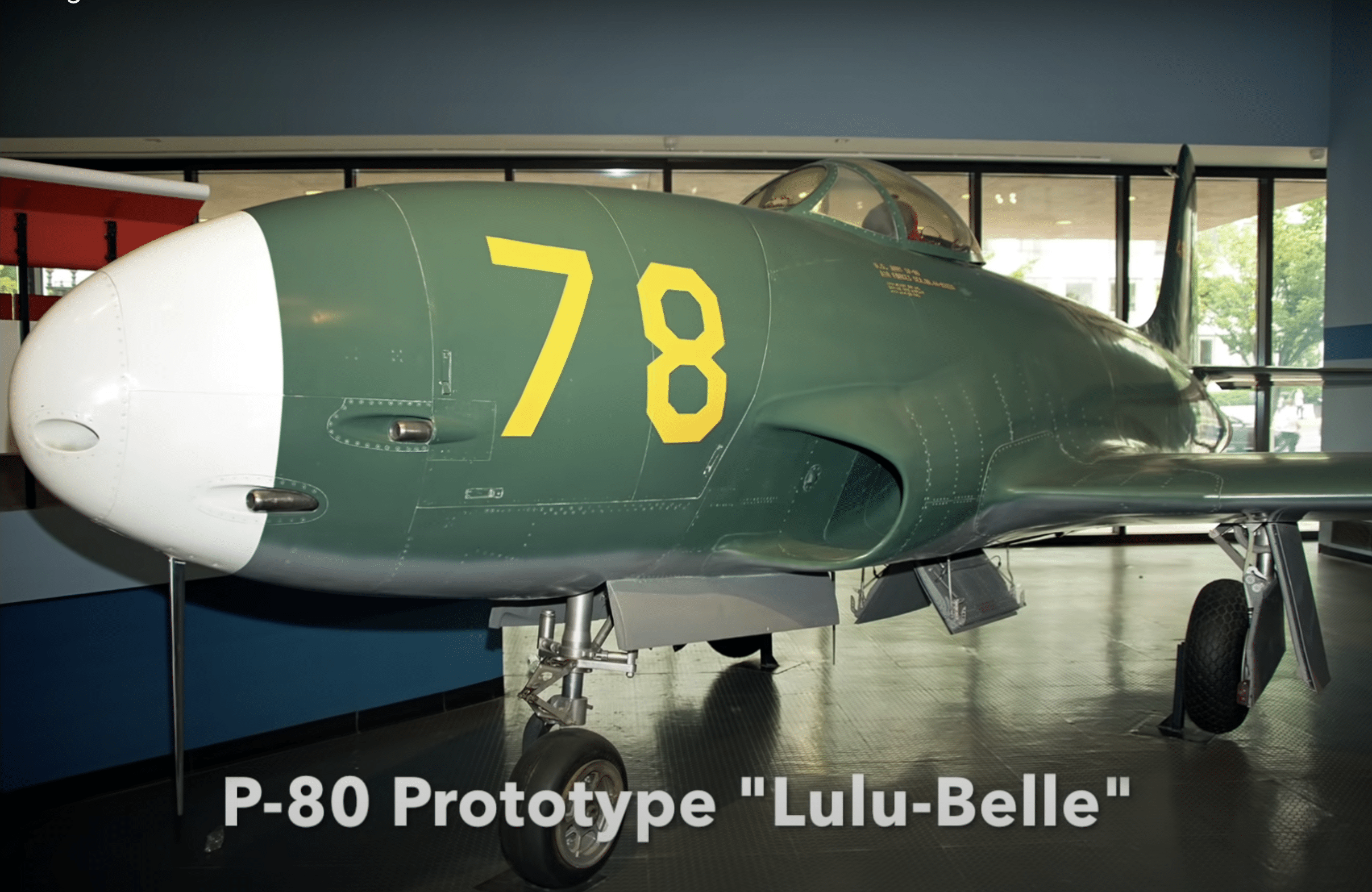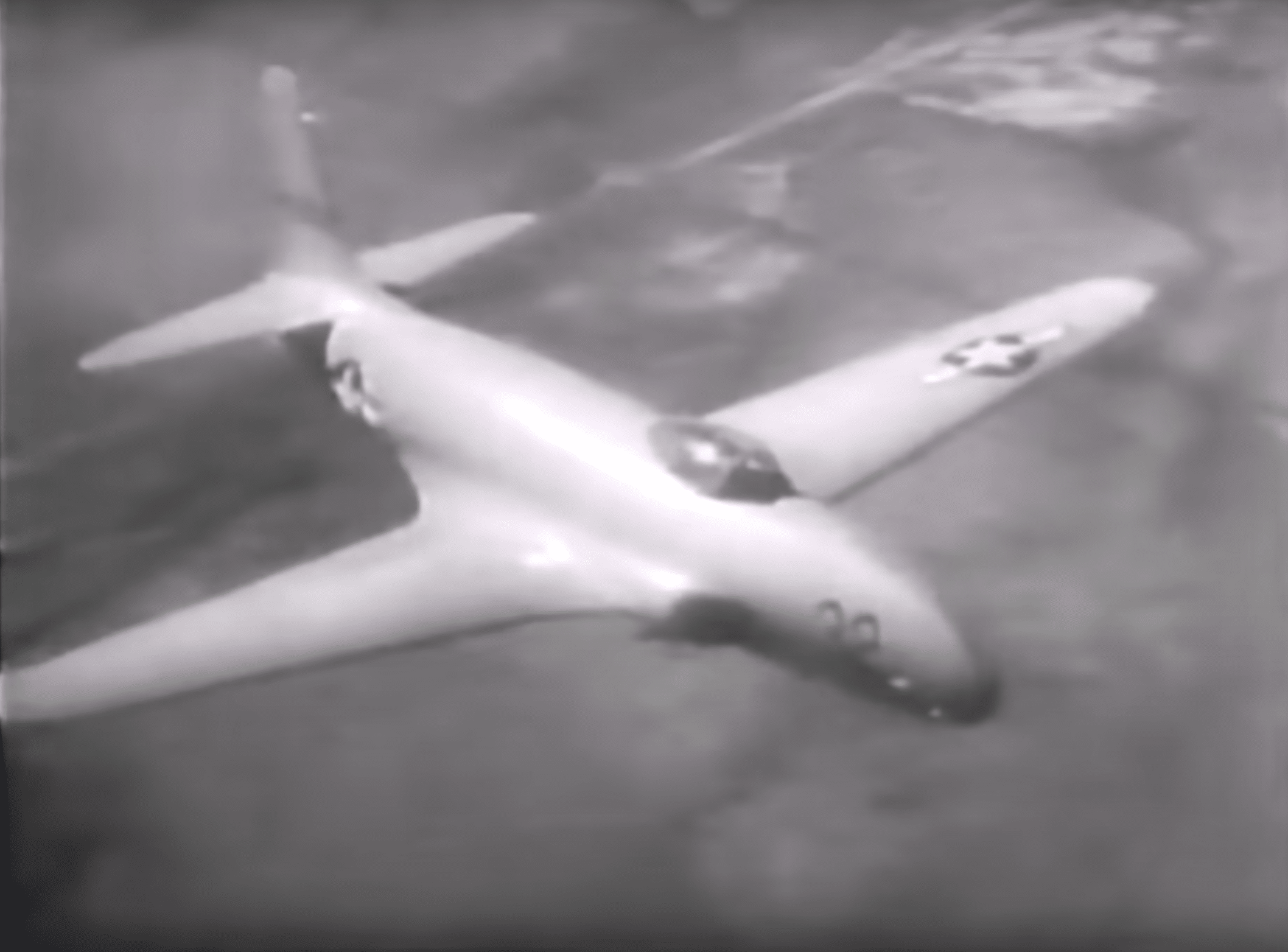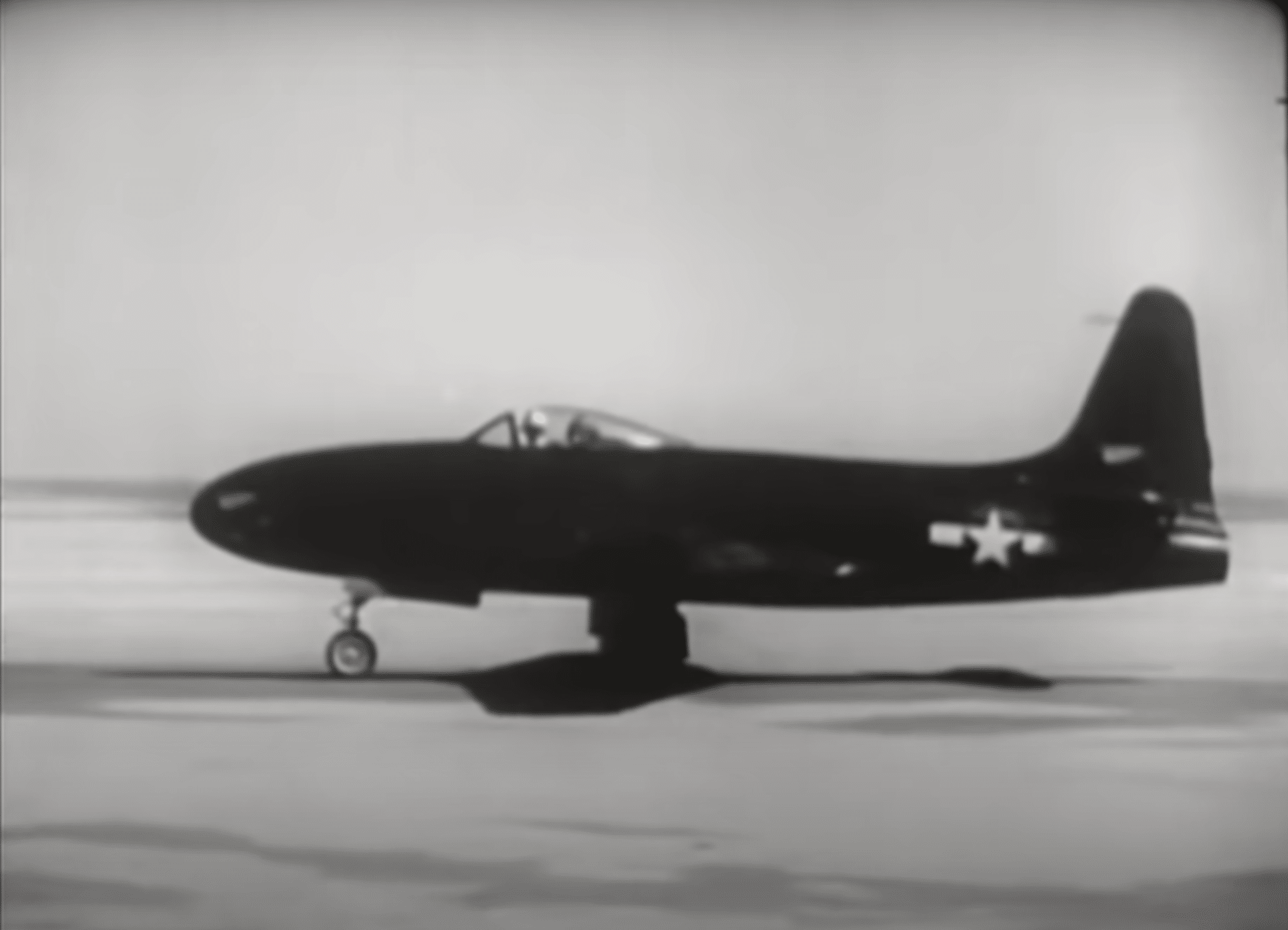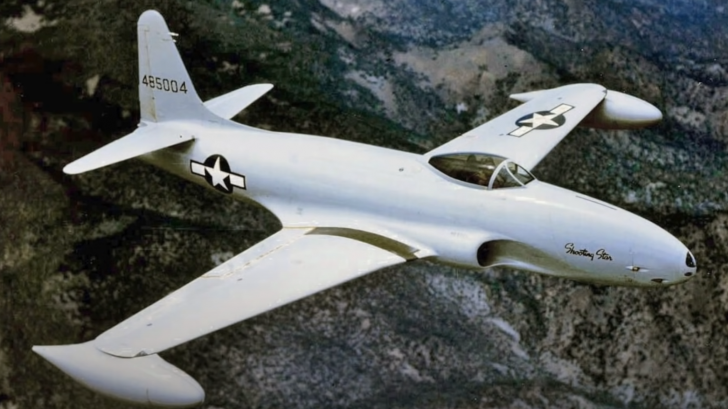When you think about WWII planes, you think of the Mustangs, Lightnings, and Spitfires. However, one aircraft seems to have evaded everyone’s radar – the P-80 Shooting Star. Lockheed’s creation enabled the US to have its own jet fighter by the 1940s. Here are 5 facts about the lesser-known Shooting Star of WWII:
-
The first operational jet-powered fighter aircraft of the United States Army Air Forces
It was designed and manufactured by Lockheed during WWII and was powered by a single General Electric J33 turbojet engine, reaching speeds of over 600 mph.

-
Introduced too late for WWII
P-80s entered service in late 1944. However, at least two American Shooting Stars were used in Italy by the Air Force in reconnaissance missions in February and March of 1945. No P-80 ever saw actual combat during the war.
-
Made the first transcontinental jet flight
On January 27, 1946, Colonel William Councill flew a P-80 across the US nonstop. Councill set a Federation Aeronautique Internationale record by completing the 2,457-mile run between Long Beach and New York in 4h:13m:26s with an average speed of 584 mph.

Colonel Albert Boyd also set a world air speed record with his modified P-80R on June 19, 1947, after reaching a top speed of 623.73 mph.
-
It first saw combat during the Korean War, where it was used as a fighter/bomber
The USAF primarily used the F-80C and RF-80 photo-recon variants in the Korean War. F-80s flew air-to-air and air-to-ground sorties, besting North Korean Yak-9s and Il-10s.

North American F-86 Sabres would later replace the Shooting Stars in the air superiority role to counter the faster MiGs.
-
It had a significant impact on the development of other jet fighters
Despite its relatively short operational lifespan, the P-80 had a significant impact on the development of future jet-powered fighters, including the F-104 Starfighter and the F-16 Fighting Falcon.



